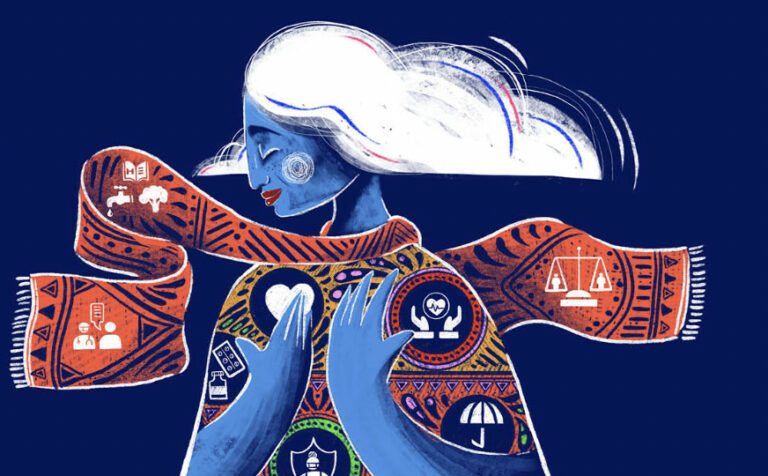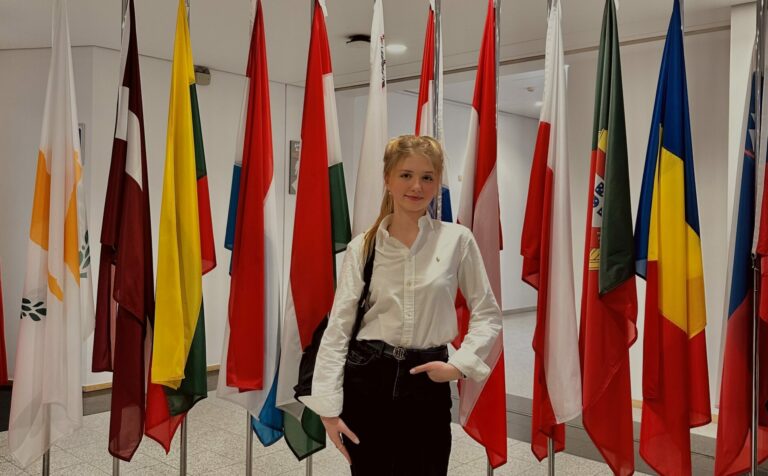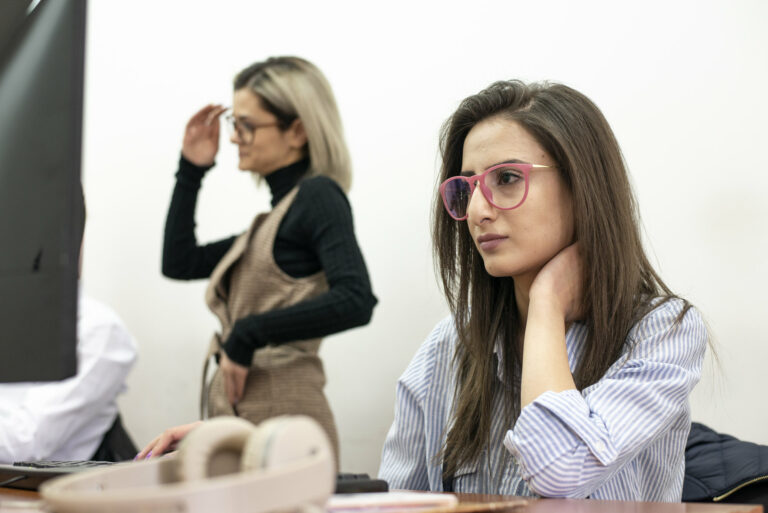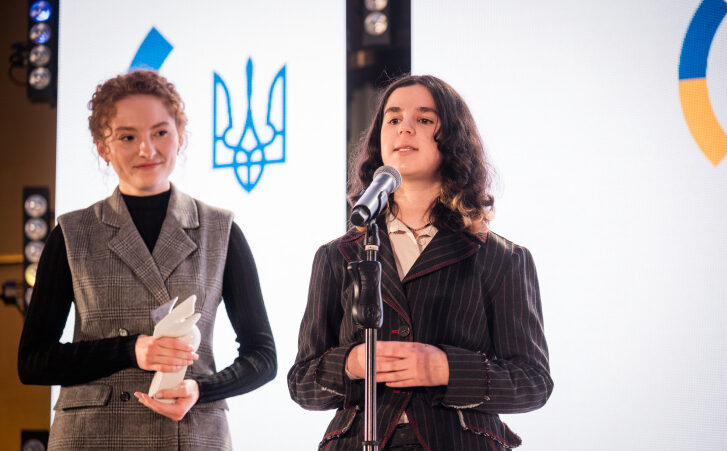
Blog: ‘Let’s plant — stop smog!’ — a personal experience from Erasmus+
Without a doubt, Ukrainian youth is unstoppable. Despite Russian aggression, young Ukrainians continue to seek ways to develop themselves and contribute to the growth of Ukraine. Thankfully, the European Union’s programmes offer numerous opportunities to attain valuable knowledge and skills.
In this blog, I will share my experience of one such opportunity that I recently took part in.
My name is Anastasiia Nardied. I am 21 years old. After 24 February 2022, like many Ukrainians living in the Kharkiv oblast, I was forced to flee Ukraine and settle down in a new country. Since that moment, I have had to start almost everything from scratch.
On 18-27 September 2022, I participated in the Erasmus+ exchange “Let’s plant – stop the smog!” in Katowice and Jaworzynka, Poland. The project aimed to extend young people’s knowledge about air pollution and the importance of plants, setting its participants the following goals:
- To learn more about ways to improve air quality in big cities;
- To increase youth participation in ecological initiatives;
- To educate more people on environmentally-friendly behaviours and attitudes.
I wouldn’t have participated in the project had it not been for the National Coordinator of the ‘Young European Ambassadors’ (YEAs) initiative and the general chat of the Ukrainian YEAs team. I saw the opportunity posted there and applied. And the next day after celebrating my 21st birthday I took a train to the fantastic city of Katowice to join my second Erasmus+ exchange project.
To tell the truth, the exchange wasn’t what I expected. Instead of the 24 participants from Poland, Serbia, Bulgaria and Slovenia that we were expecting, there were only 8 from Ukraine, Poland and Slovenia. Luckily, the crisis management of the NGO “Spółdzielnia Socjalna Zielone Śląskie” team, who organised the exchange, was brilliant. As a result, we got to know each other more closely and formed a real bond.
The programme of the project included:
- excursions around Katowice to learn more about the city’s and the Silesian region’s history and traditions;
- workshops on learning ways to decrease the level of air pollution in cities, modern ways of urban planning, and the role of youth in the country’s path to becoming green;
- small hiking trip to local forests around Jaworzynka;
- a cultural trip to Wisła;
- cultural exchange evenings.
Thus, we spent the first few days in Katowice, a city known for its coal mines, and now a thriving and modern city with a magnificent mix of architectural styles. We learned a lot about the region of Silesia and Katowice itself, as one of its main problems is the air pollution from industrial manufacturing.
Later, we moved from Katowice to Jaworzynka, where the main part of the exchange took place. Workshops were performed in a smaller circle, so it was possible to listen to everyone’s opinions and ideas. Each team (Slovenian, Ukrainian and Polish) was responsible for conducting one or two workshops, so everyone was even more devoted to the process and the result of the project. For example, the Ukrainian team led two small workshops. The first was about the importance of having plants not only on the streets but inside our homes as well. This was followed by the second workshop, where we were planting our own plants: arugula, lettuce, parsley, spring onion, etc. We chose these plants specifically for their quick growth and presented them to the friendly owners of the hotel we were staying at.
During the workshops, we talked a lot about the environmental problems that each of the countries has. For instance, the Ukrainian team explained how the ongoing military actions influence not only Ukrainian territories but ecosystems all across Europe, and why international support to stop Russian aggression is vital for the environment.
Of course, as a Young European Ambassador, I also proudly presented our initiative and the ‘EU NEIGHBOURS east’ programme. Though I talked about the work of Ukrainian YEAs, I pointed out to our Polish and Slovenian friends that it is also possible for them too to join our big international team.
An Erasmus+ exchange without a cultural evening is not an Erasmus+ exchange, is it? We had three cultural evenings where we learned a lot about Ukraine, Polish and Slovenian traditions, food and mentalities. Our Ukrainian team was quite creative and we made personalised plane tickets for each of the participants to ‘travel to Ukraine’ for that evening, we talked about our traditions, and old and modern cultures, and presented traditional Ukrainian music, films and humour. Instead of borsch, we cooked kutia – another perfect example of Ukrainian cuisine that is also common in Eastern Poland. Traditionally, kutia is a ceremonial grain dish with sweet gravy traditionally served by both Orthodox and Catholic Christians in the region.
Apart from the workshops and cultural evenings, we spent some time in the magical mountains of the Beskids, exploring forests and local towns. The Beskid Mountains are a series of mountain ranges in the Carpathians, stretching from the Czech Republic in the west along the border of Poland with Slovakia up to Ukraine in the east.
By the end of the exchange, we came to a realisation of how important it is to unite in order to fight common problems, and how powerful youth can be in times of change and uncertainties. That’s simply another proof of our motto: we are “Stronger Together”, indeed.
If you are a young person aged between 13 and 30 years old, then don’t hesitate to find out more about the opportunities offered by the programme at https://erasmus-plus.ec.europa.eu/, apply and open up new perspectives for yourself.
This blog is published as a part of the Ukrainian #ErasmusDays 2022 campaign. You can find out more about the campaign at https://erasmusplus.org.ua/news/gurtujmos-na-erasmusdays-2022-13-15-10-2022-r/
LATEST

World Health Day 2024: My Health, My Right

EUREKA MEETS EUROPE – opportunities to develop and study. My experience

Can you wear pink in the workplace?

Go where your deepest fears lie: finding the courage to overcome gender barriers in STEM

A Ukrainian woman in businesses: Julia Zvarich on beauty and war
More campaign pages:
Interested in the latest news and opportunities?
This website is managed by the EU-funded Regional Communication Programme for the Eastern Neighbourhood ('EU NEIGHBOURS east’), which complements and supports the communication of the Delegations of the European Union in the Eastern partner countries, and works under the guidance of the European Commission’s Directorate-General for Neighbourhood Policy and Enlargement Negotiations, and the European External Action Service. EU NEIGHBOURS east is implemented by a GOPA PACE-led consortium. It is part of the larger Neighbourhood Communication Programme (2020-2024) for the EU's Eastern and Southern Neighbourhood, which also includes 'EU NEIGHBOURS south’ project that runs the EU Neighbours portal.

The information on this site is subject to a Disclaimer and Protection of personal data. © European Union,